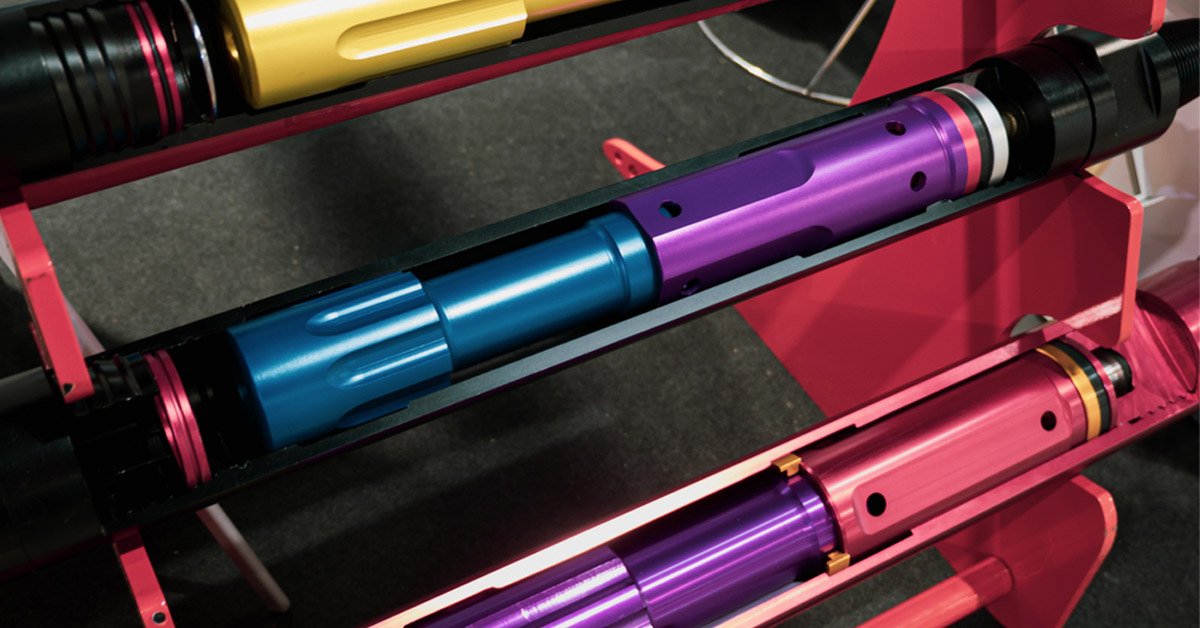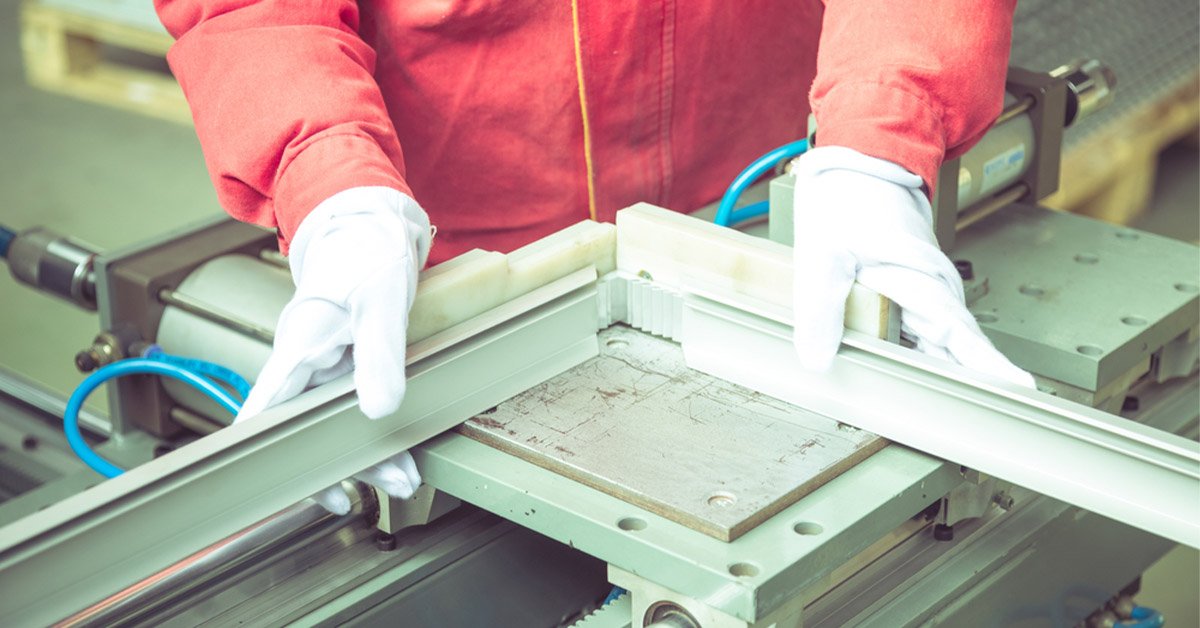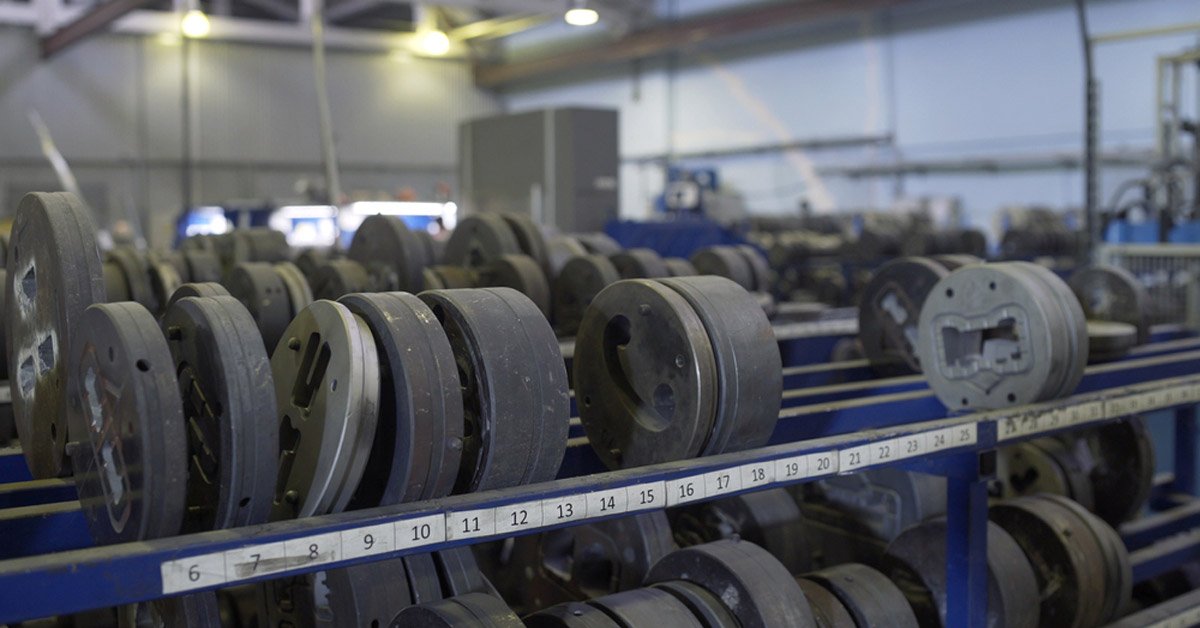In today’s world, where industries are heavily reliant on materials that offer both durability and sustainability, aluminium anodizing has emerged as a game-changer. It not only enhances the appearance of aluminium but also significantly improves its corrosion resistance. This process has become the go-to solution for industries looking to extend the life of their products while maintaining environmental integrity. Let’s delve into why anodized aluminium is considered the best choice for corrosion resistance and why it is an essential element for long-lasting, high-performance products.
What is Aluminium Anodizing?
Aluminium anodizing is an electrochemical process that transforms the surface of aluminium into a durable, corrosion-resistant layer of aluminium oxide. This process creates a thick, protective oxide coating that is integral to the metal, ensuring it doesn’t peel or chip away like traditional coatings such as paint or powder coating. The process not only boosts the physical strength of the metal but also gives it an attractive finish that’s both sleek and highly functional.
The Importance of Corrosion Resistance
Corrosion is a leading cause of material degradation in metals, particularly in environments that expose them to moisture, harsh chemicals, or extreme temperatures. Anodized aluminium provides a reliable solution to this problem. The oxide layer created through anodizing is chemically stable and acts as a barrier, preventing corrosion by forming an invisible shield over the metal surface. This level of protection is crucial in industries ranging from aerospace to automotive and construction, where aluminium is commonly used due to its strength and lightweight nature.
Why Anodized Aluminium Is the Best for Corrosion Resistance
The unique properties of anodized aluminium make it a top choice when it comes to corrosion resistance:
- Durability and Longevity The anodizing process creates a thicker and more uniform oxide layer that is naturally integrated with the aluminium. Unlike other coatings, this layer is not susceptible to peeling or flaking over time. This ensures that anodized aluminium components maintain their structural integrity even under the harshest conditions, reducing maintenance costs and downtime.
- Superior Protection Against Elements Anodized aluminium can withstand extreme weather conditions, including exposure to UV rays, rain, and saltwater. This makes it ideal for applications in marine environments, outdoor signage, and any sector where corrosion resistance is vital for longevity.
- Reduced Wear and Tear The hard oxide layer created during anodizing significantly increases the hardness of the aluminium surface. This results in better wear resistance, reducing the chance of scratches and abrasions, which can lead to corrosion over time. It’s an essential feature for industries where the durability of the material is crucial for performance.
- Enhanced Aesthetic Appeal In addition to corrosion resistance, anodized aluminium also provides a visually appealing finish. The anodizing process allows the metal to be dyed in a variety of colors, making it both functional and aesthetically pleasing for architectural designs, consumer electronics, and more.
Eco-Friendly Anodizing: A Sustainable Solution
In today’s environmentally conscious world, sustainability is a critical consideration for any manufacturing process. Eco-friendly anodizing is a significant advantage of this technique. Unlike other metal coatings that may release harmful chemicals or require toxic solvents, anodizing is a clean, environmentally safe process. The process itself produces no hazardous by-products, and the oxide layer is non-toxic and fully recyclable.
This sustainable approach is especially important in industries committed to reducing their environmental footprint and ensuring the longevity of materials used. The durability and corrosion resistance of anodized aluminium mean fewer resources are required for replacement, making it a long-term, cost-effective solution.
Applications of Anodized Aluminium
From everyday household items to heavy-duty industrial applications, anodized aluminium is found in a variety of sectors:
- Aerospace Industry: Aircraft components made from anodized aluminium benefit from its corrosion resistance, as it withstands high temperatures and exposure to chemicals, ensuring the safety and longevity of critical parts.
- Automotive Industry: The automotive industry uses anodized aluminium to enhance the durability and aesthetics of vehicle parts. From wheels to body panels, anodized aluminium provides both functionality and style.
- Architectural Projects: Anodized aluminium is often used in architectural structures due to its high-performance properties, including corrosion resistance, and ability to withstand environmental elements.
When it comes to ensuring corrosion resistance and durability in metal applications, aluminium anodizing stands out as the best choice. The process not only enhances the material’s ability to resist corrosion but also extends its life, reduces maintenance costs, and provides an environmentally sustainable solution. Whether it’s for industrial machinery, aerospace parts, or everyday products, anodized aluminium is the ultimate material for a strong, long-lasting finish that’s eco-friendly and functional.
By choosing anodized aluminium, industries can benefit from a reliable material that offers superior surface protection, is highly resistant to corrosion, and adheres to the growing demand for sustainable practices in manufacturing.



